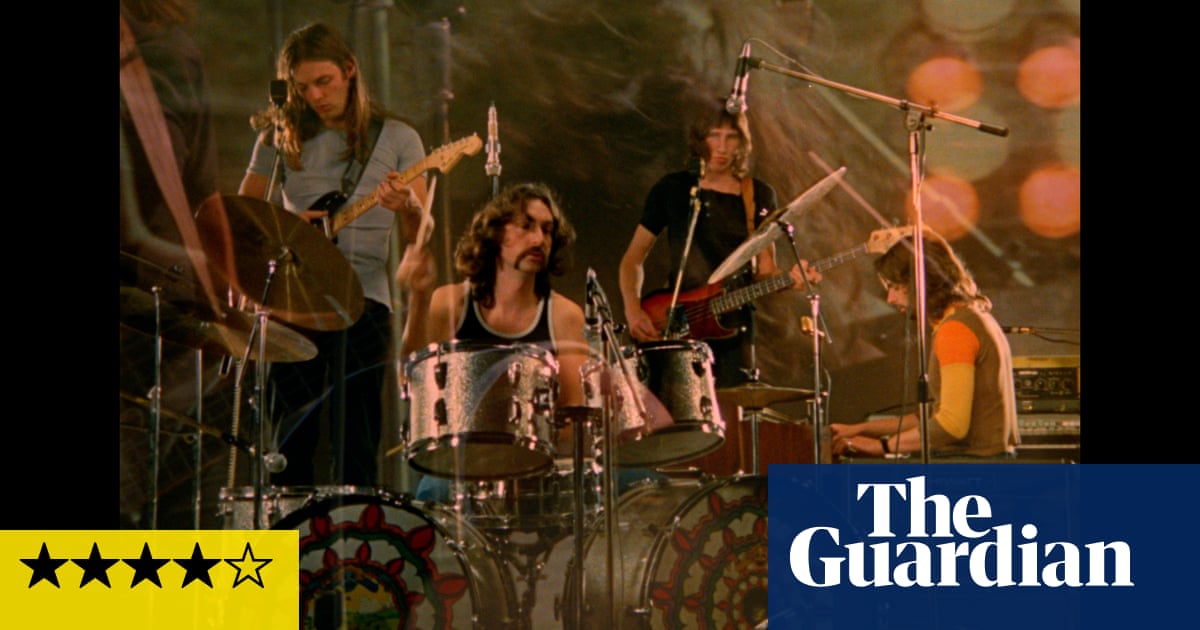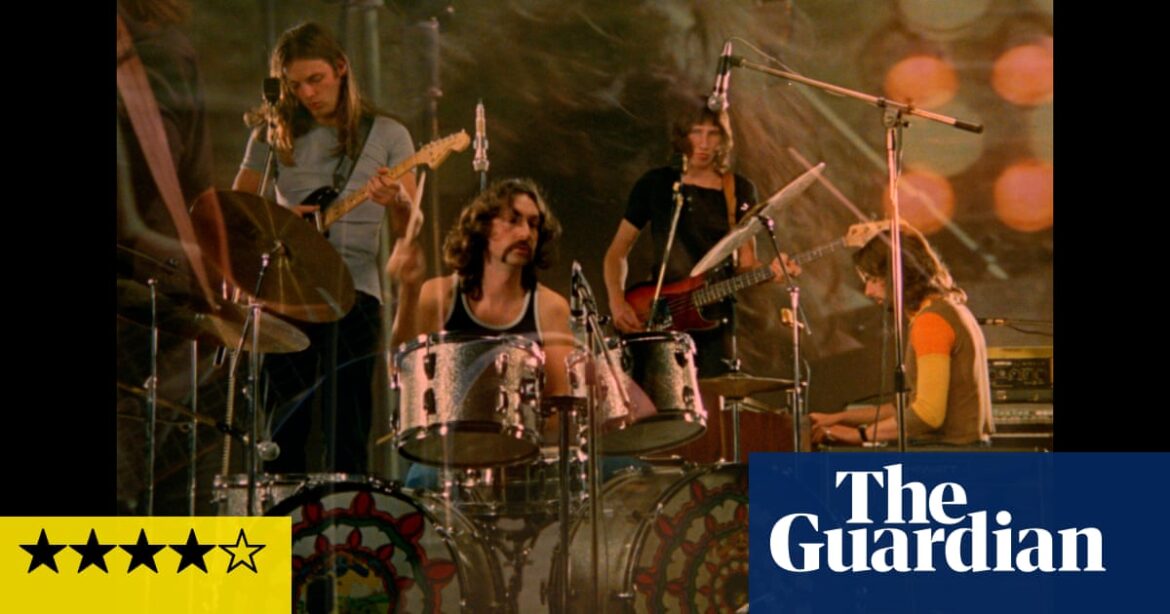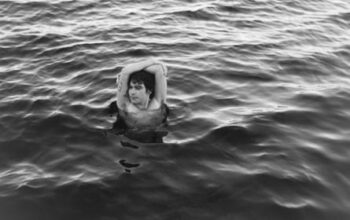
Here they are: Pink Floyd in 1971, amazingly young, amazingly thin, like four space-rock whippets standing mysteriously on their hind legs in the burning Italian sun. Dave Gilmour, Roger Waters, Richard Wright and Nick Mason are performing “live at Pompeii” in this mesmerically peculiar and outrageously indulgent music documentary from film-maker Adrian Maben, now on rerelease over half a century later, available on freakily large Imax screens undreamt of in the 70s. The music and the atmosphere are an irresistible fan-madeleine for those who can remember referring to them solemnly as “the Floyd” (ahem).
The band are shown performing live in Pompeii’s ancient Roman amphitheatre in the late afternoon, but not to an audience as you might assume, but weirdly and almost haughtily alone. The banks of amplifiers are pounding out the music just to the ancient stones and pillars and to the film crew facing them (and to the crew filming them from behind), who like most of the band are shown shirtless in the sweating heat. (No one worried about sunscreen in 1971.) Maben’s vision was avowedly inspired by his experience as a young traveller searching frantically for a lost passport in this very amphitheatre, as well as by Wilhelm Jensen’s novella Gradiva, much admired by Freud, in which a German archaeologist in Pompeii has a sunstricken hallucinatory glimpse of a woman who lived thousands of years before.
It really is a beguilingly weird film, like a sequence from a lost episode of Doctor Who from the Jon Pertwee era. The band perform the epically long Echoes and also the One of These Days instrumental from the album Meddle, along with the earlier Saucerful of Secrets and Careful With That Axe, Eugene. There is also quite a lot of later material with the band, far from Pompeii, in the storied Abbey Road studios in London as they put together the legendary Dark Side of the Moon. And we get some footage of the band in a Paris studio playing some blues while an Afghan hound howls into the microphone. It can only be the early 70s.
Perhaps the most intriguing moment comes when we see the band settling down for a canteen lunch, apparently at Abbey Road, and responding to a few questions lobbed their way; garrulous drummer Mason is interestingly prominent in these moments, and indeed in the dusty vastness of the Pompeii auditorium thrashing his kit, in a way that I don’t remember him being at the time. The formidably opinionated Waters appears to anticipate the current debate about AI in talking about the use of synthesised and electronic music, insisting on the human creator’s primacy: “It’s like saying, ‘Give a man a Les Paul, and he becomes Eric Clapton.’ It’s not true.” Gilmour talks with mandarin reserve about the disagreements that they occasionally have and, cautiously, the band hint at how very, very rich they are. No one mentions lost band member and acid casualty Syd Barrett, though perhaps his melancholy absence is readable in that empty auditorium.
The film shows us an interesting transitional moment: the band reflect on how their 60s heyday has gone, and now what is left? Perhaps they can sense they are in the final evolutionary stage of becoming a supergroup. One for the fans, perhaps, and a vivid Gradiva-esque glimpse of the past.
Source: theguardian.com



